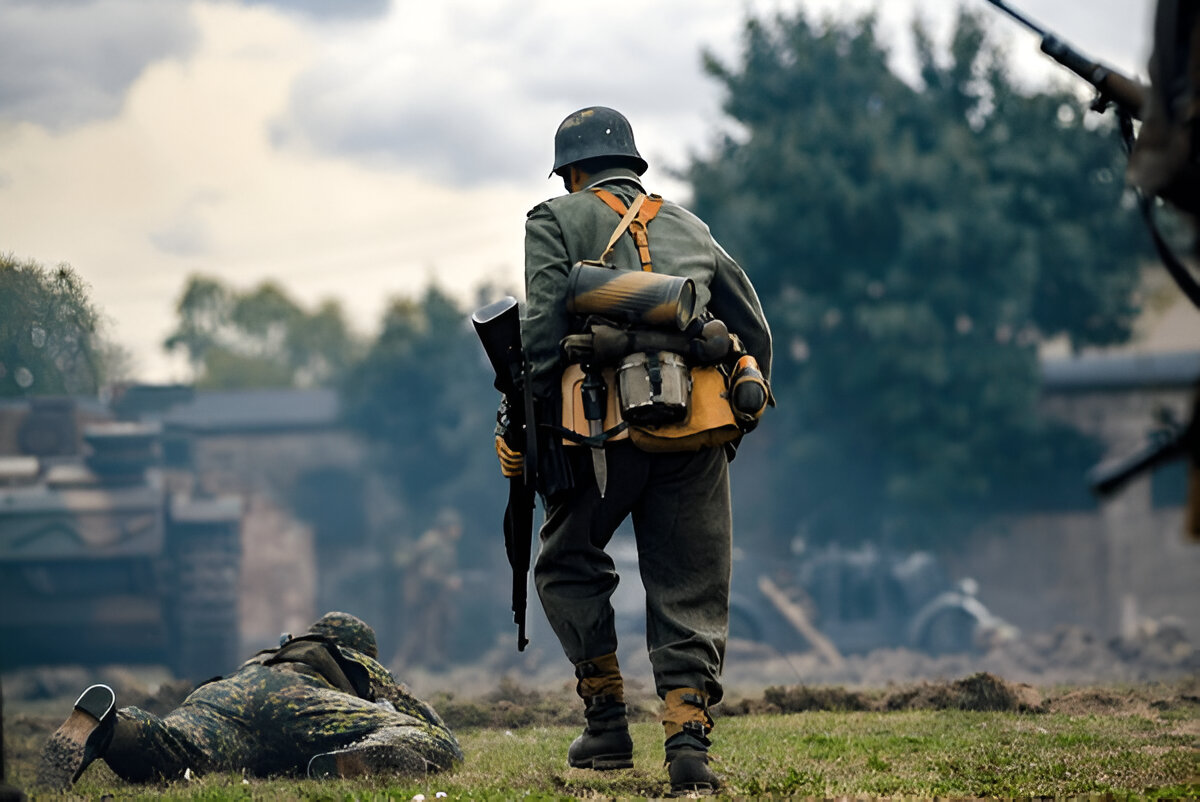The prospect of a military conflict involving the British Army War Russia might seem like the stuff of geopolitical thrillers, but the reality is far more complex and rooted in modern-day tensions. From advanced technologies to historical rivalries, the dynamics of such a conflict reveal surprising insights. Here are 10 shocking facts that provide a deeper understanding of the British Army’s role, challenges, and strategies in a hypothetical conflict with Russia.
Read Also: How Much is Vinnie Jones Net Worth? An In-Depth Analysis
1. The British Army Is Outnumbered
One of the most startling facts is the sheer numerical disadvantage the British Army faces compared to Russia. With approximately 80,000 active personnel, the British Army pales in size against Russia’s over 1 million active troops. This discrepancy forces the UK to rely heavily on strategic alliances, such as NATO, to counterbalance Russia’s overwhelming numbers.
Key Takeaway: Quality and alliances often outweigh quantity, especially in modern warfare.
2. Cold War Lessons Still Influence Strategy
The Cold War may have ended decades ago, but its influence is deeply embedded in British military strategy. Tactics developed during this period, such as countering armored divisions and responding to nuclear threats, remain central to modern plans for engaging Russia.
Key Takeaway: History informs current military doctrine, highlighting the importance of learning from past conflicts.
3. Focus on Cyber Warfare
Modern conflicts aren’t just fought on battlefields. The British Army has invested significantly in its cyber capabilities to counter Russia’s sophisticated cyber warfare tactics. From protecting critical infrastructure to countering misinformation, the cyber domain is now a primary battleground.
Key Takeaway: The future of war is digital, and cyber defenses are as crucial as tanks and troops.
4. Heavy Reliance on NATO
The British Army’s strength lies in its alliances, particularly NATO. In the event of a war with Russia, the UK would rely heavily on NATO’s collective defense mechanisms. Article 5 of the NATO treaty, which states that an attack on one member is an attack on all, would be crucial.
Key Takeaway: Collaboration with allies is the cornerstone of British defense strategy.
5. The Arctic Could Be a Key Battleground
The melting Arctic ice has opened new routes and resources, making it a focal point for potential conflict. The British Army’s Arctic training programs are designed to prepare troops for operations in this harsh environment, countering Russia’s significant military presence in the region.
Key Takeaway: Climate change is reshaping global military strategies, with the Arctic emerging as a new front.
6. Emphasis on Special Forces
The British Army’s elite Special Air Service (SAS) and Special Boat Service (SBS) are critical assets in countering Russian threats. These units specialize in reconnaissance, sabotage, and counter-terrorism, offering a strategic edge in asymmetric warfare scenarios.
Key Takeaway: Elite forces play a disproportionate role in modern conflicts.
7. Tank Warfare Is Evolving
Despite the perception that tanks are outdated, the British Army’s Challenger 3 tank program showcases significant advancements in armored warfare. These tanks are designed to counter Russia’s formidable T-90 and T-14 Armata tanks, emphasizing precision and survivability.
Key Takeaway: Tanks remain relevant, but technology and adaptability are key.
8. Drones Are Changing the Game
Unmanned aerial vehicles (UAVs), or drones, have become indispensable in modern warfare. The British Army’s fleet of drones provides reconnaissance, targeting, and even direct engagement capabilities, leveling the playing field against Russia’s drone advancements.
Key Takeaway: Drones are transforming battlefield tactics, offering unprecedented versatility.
9. Hybrid Warfare Challenges
Russia’s use of hybrid warfare—a combination of conventional military force, cyber operations, and propaganda—poses unique challenges. The British Army is adapting by integrating intelligence, information operations, and cyber warfare into its broader strategy.
Key Takeaway: Winning the information war is as critical as succeeding on the battlefield.
10. Public Support and Morale Are Vital
A potential war with Russia would require not just military readiness but also public support. Maintaining troop morale and ensuring civilian backing through transparent communication would be crucial for sustained operations.
Key Takeaway: The psychological aspect of warfare cannot be underestimated.
FAQs about British Army War Russia
Q: How does the British Army compare to the Russian military in size and capability?
A: The British Army is significantly smaller, with about 80,000 active personnel compared to Russia’s 1 million. However, the UK compensates through advanced technology, elite forces, and strong alliances, particularly NATO.
Q: What role does NATO play in a potential conflict with Russia?
Q: How is the British Army preparing for cyber warfare?
Q: Why is the Arctic region significant in British Army strategy?
Q: Are tanks still relevant in modern warfare?
Q: How does the British Army counter Russia’s hybrid warfare tactics?
Q: What is the role of British special forces in a conflict with Russia?
Conclusion
The dynamics of a potential British Army war Russia reveal a complex mix of challenges and strengths. While the British Army faces significant numerical disadvantages, its reliance on alliances, advanced technology, and strategic innovation ensures it remains a formidable force. Understanding these factors is essential to appreciating the nuanced realities of modern warfare.
Read Also: How Much is Vinnie Jones Net Worth? An In-Depth Analysis



Leave a Reply